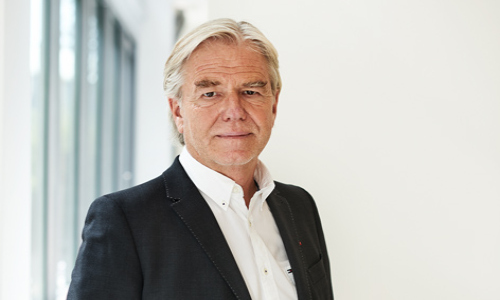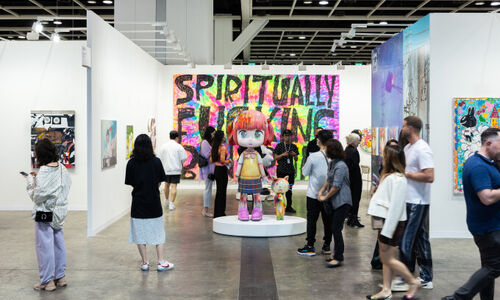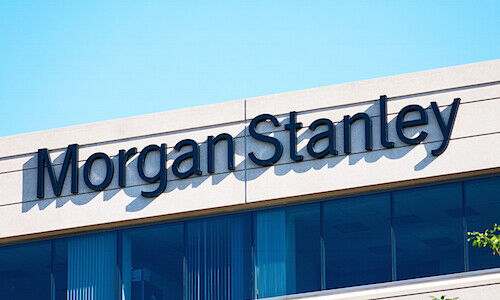China has risen to become the world's second-largest art market in 2023. With the country facing an economic crisis, will the mood shift? Swiss Asia specialist Urs Meile explains why a very different picture will be seen at Art Basel Hong Kong these days.
At Art Basel Hong Kong, the coronavirus is now definitively a thing of the past. With 242 galleries from 40 countries, the renowned international art fair (March 28-30) returns to its pre-pandemic scale. The event sees the return of well-known names such as Galerie Lelong&Co. from France, Galleria d'Arte Maggiore G.A.M. from Italy, kurimanzutto from Mexico, and Experimentator from India; the list of returning galleries totals 69.
It will be interesting to see how this impacts sales. So far, the Chinese art market has shown no signs of weakness. On the contrary: according to the Global Art Market Report 2024 by Art Basel and the major bank UBS, it grew to a total sales volume of $12.2 billion (+9 percent) in 2023, becoming the world's second-largest and pushing the United Kingdom to third place ($10.9 billion, -8 percent), as reported by finews.ch (see also chart). This is despite some flops, including the disappointing auction at Sotheby's in Hong Kong for the Long Museum. The US market remains unbeaten at the top. However, it too had to take a hit: its total sales of $27.2 billion marked a decrease of 10 percent.
High youth unemployment is also a challenge for China
Ultimately, only China is experiencing growth. However, a slowdown was noticeable in the second half of the year. The country is still grappling with the real estate crisis as well as high youth unemployment. Does this mean the upward trend is coming to an end? Swiss gallery owner Urs Meile disagrees. «The sentiment in China is much better than in the West,» he says.

Urs Meile (Bild: pd)
Meile was among the first, along with former Swiss Ambassador Uli Sigg, to take an interest in contemporary Chinese art. Meile, who has exhibition spaces in Lucerne, Zurich, and Ardez in the Engadine, was also among the first to open his own gallery in Beijing. Today, the Asian market accounts for about 60 percent of Galerie Meile's total sales.
The desire to own one's own works is still strong
According to Meile, the proportion of the total population interested in contemporary art is marginal. «But these individuals still have a good financial situation,» he says. For this reason, he expects the market to remain robust this year. «The exploits we have seen in past years may be a thing of the past to that extent, but the desire to own one's own works is still strong,» he says. And another point is crucial, according to Meile: «The art market is becoming increasingly independent and reacts less and less to developments in the financial markets.»





















